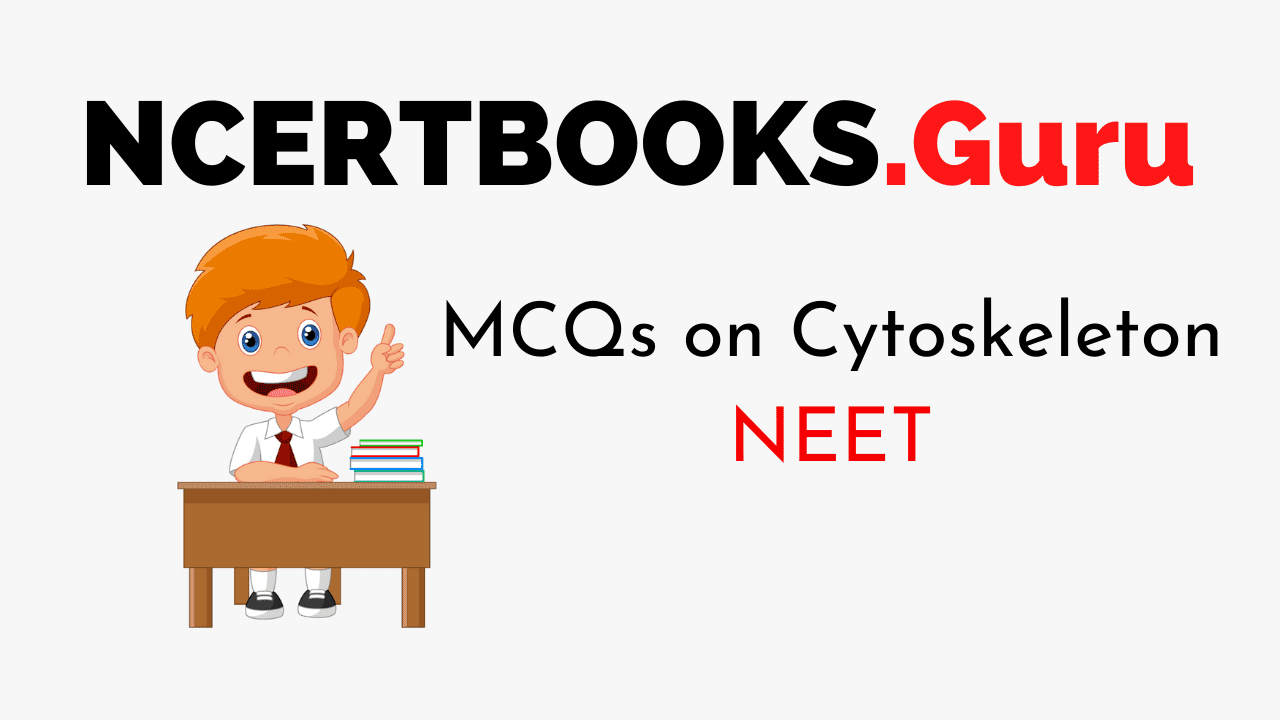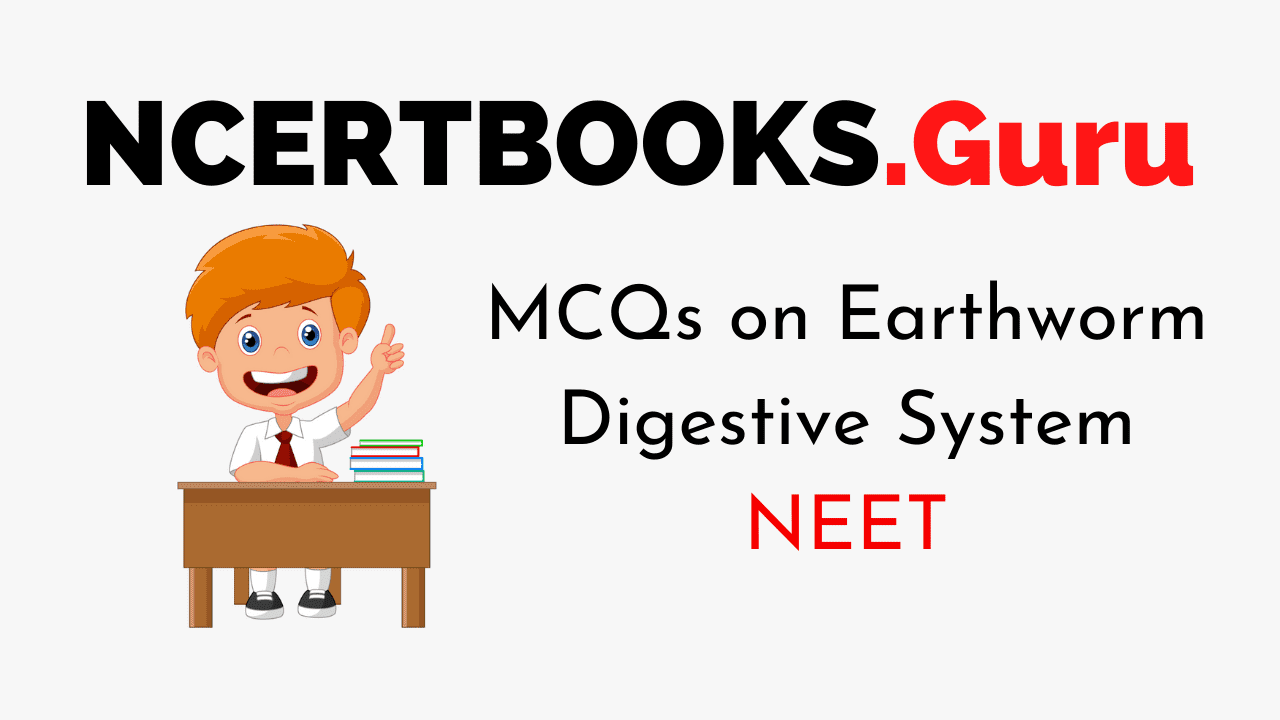NEET Biology is the scoring paper in the medical entrance examination. Here, you will discover the NEET Biology MCQ Questions for all Concepts as per the latest syllabus. Practice more on a regular basis with these NEET Biology objective questions on air pollution and improve your subject knowledge & problem-solving skills along with time management. NEET Biology Apoplast Multiple Choice Questions make you feel confident in answering the question in the exam & increases your scores to high.
MCQs on Apoplast
1. In plants, water movement is
(a) up the potential gradient in both symplast and apoplast
(b) down the potential gradient in apoplast and up the potential gradient in symplast
(c) down the potential gradient in both symplast and apoplast
(d) down a potential gradient in symplast and up the potential gradient in apoplast
Answer
Answer: (c)
2. Pick the incorrect statement regarding apoplast movement
(a) movement of water is through mass flow
(b) gradient-dependant
(c) mass flow of water takes place as a result of cohesive and adhesive properties of water
(d) continuous water stream gets tension when water is absorbed by root hairs
Answer
Answer: (d)
3. In roots, most of the water flows through
(a) Symplast
(b) Apoplast
(c) Imbibition
(d) Active transport
Answer
Answer: (b)
4. Movement of water through apoplast stops at the level of ________ and crosses membrane to undergo symplast till xylem cells
(a) starch sheath
(b) inner layer of cortex
(c) endodermis
(d) all of the above
Answer
Answer: (d)
5. In plants, this about apoplast and symplast water movement is true
(a) being down a potential gradient
(b) an equal rate of transport
(c) conduction through interconnected protoplasts
(d) assistance by cytoplasmic streaming
Answer
Answer: (a)
6. Pressure in roots develops due to
(a) low osmotic soil potential
(b) rise in transpiration
(c) active absorption
(d) passive absorption
Answer
Answer: (c)
7. Which of the following statements does not hold true in context of apoplast?
(a) occurs through intercellular spaces and cell walls
(b) system of adjacent cell walls is continuous all through the plant
(c) crosses cell membrane
(d) discontinuous path at the place of casparian strips of endodermis in roots
Answer
Answer: (c)
8. This is not part of apoplast
(a) cell walls
(b) vessels
(c) intercellular spaces
(d) sieve tubes
Answer
Answer: (d)
9. Symplastic movement is slower than apoplastic movement because
(a) molecule has to enter through cell membrane
(b) it is down the gradient
(c) as it involves cytoplasmic streaming always
(d) all of the above
Answer
Answer: (a)
10. Most of the movement in roots through apoplast is due to
(a) endodermal cells are loosely packed and hence no resistance to water movement
(b) medullary cells are loosely packed and hence no resistance to water movement
(c) cortical cells are loosely packed and hence no resistance to water movement
(d) pericycle cells are loosely packed and hence no resistance to water movement
Answer
Answer: (c)





